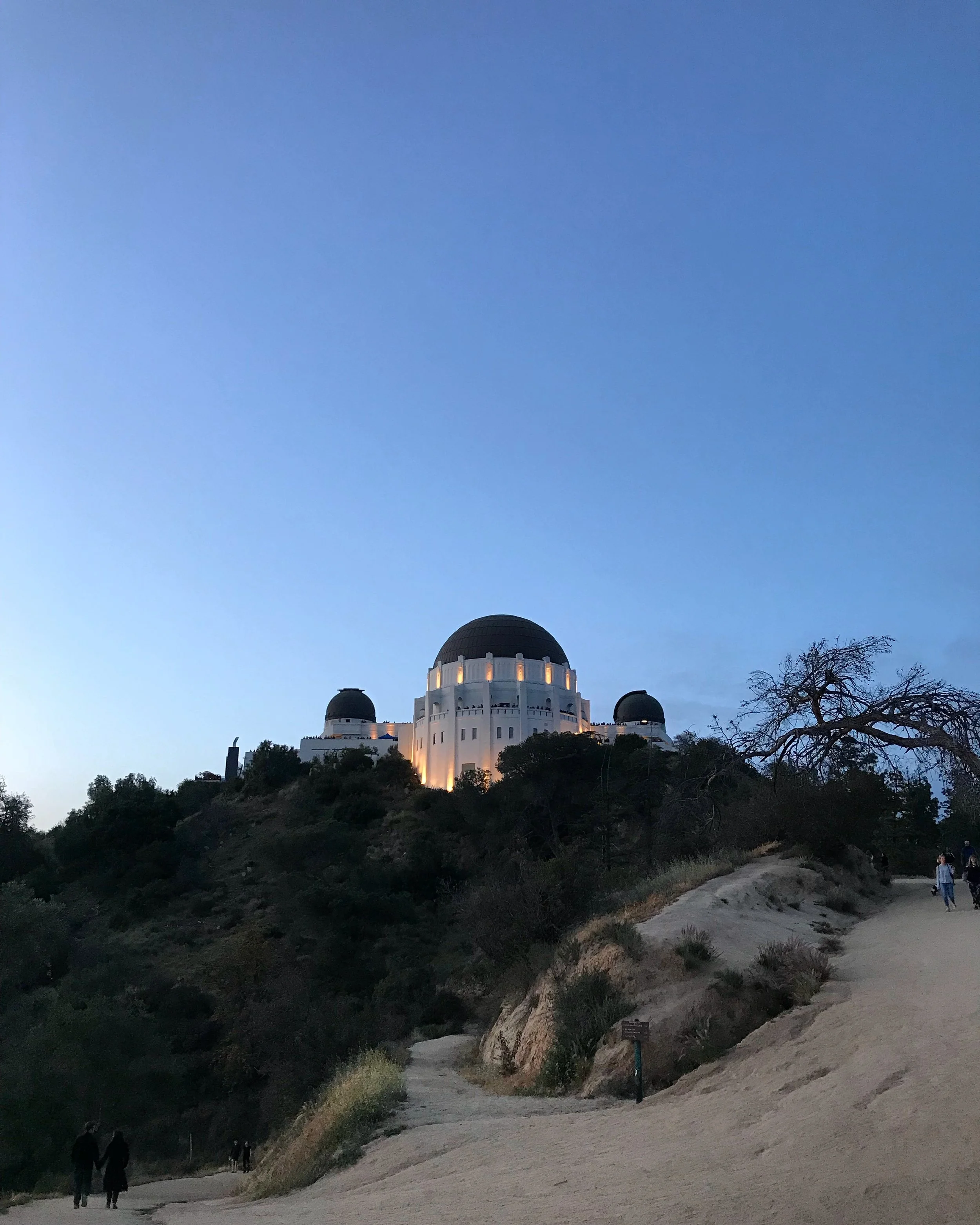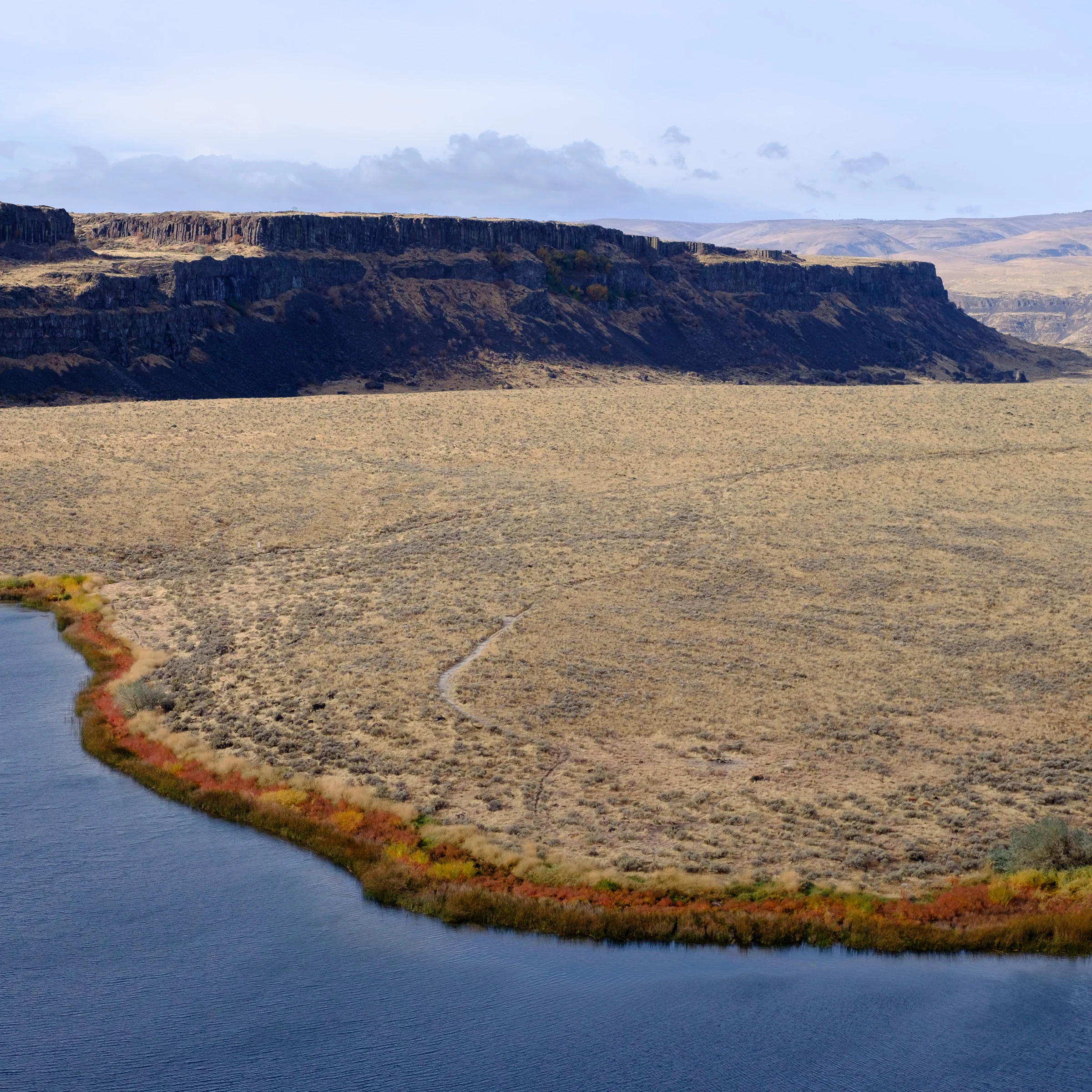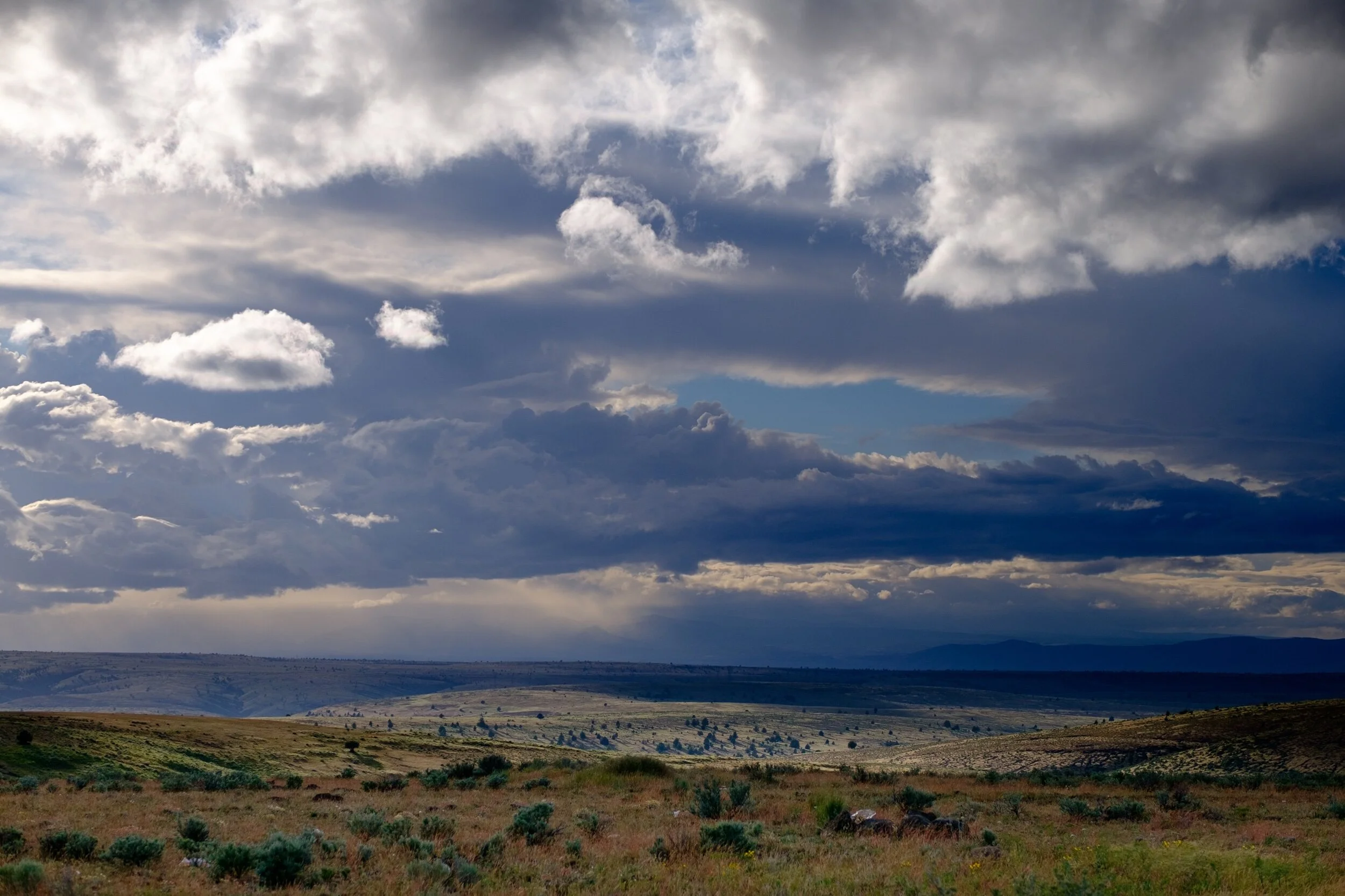Seven Days on the Salmon River
Being on a river can’t help but make me ponder big thoughts. The other week, on the Salmon River in Idaho, I sat on the sandy river bank one morning, my feet in the river. I thought how this water flowing between my toes started its journey a few days prior from melting snow in the mountains I see off in the distance. I thought how the water will end its journey in a week or two in the Pacific Ocean, after first flowing from the Salmon River to the Snake River, then the Columbia River, and finally to the Pacific Ocean, over a thousand miles miles from where I sat. I thought… that I hear water boiling... In the kitchen... Crap. I hope the percolator isn’t boiling over because I sure need coffee and I don’t want to screw up the percolator two days in a row.
It’s another morning in camp on the Salmon River, and I have a 14-mile day of rowing, fly-fishing, beer drinking, and general shenanigans ahead of me.
Raft life. Granted, we did have to take many rapids seriously, and we didn’t crack the beers open until 11am or so.
I’ve always wanted to go on a big whitewater wilderness river trip. I’ve rafted and kayaked as day trips before, and completed a wonderful multi-day rafting trip through the White Cliffs section of the Missouri River in Montana. But the former were just for a few hours — never overnight — and the later was well within civilization, with established campgrounds and cell coverage the whole time. Lucky for me, I have friends in high places. Or more precisely, friends who consistently enter the permit lottery for America’s best rivers and whose names eventually get selected. In this case, my college friend Phil was among the 4% selected to receive a 2018 permit to raft the Main Salmon River — the “River of No Return” — in Idaho.
Yours truly lounging in the “duckie”, a one-person inflatable kayak
Phil with the largest fish of the trip, a 16-inch whitefish. Photo by Paulo.
Looking up the river on our last morning, with some smoke from nearby fires entering the river valley
Libby the dog anxiously watching others, ready to jump in the river to rescue
I didn’t know much of what to expect. It turns out I had nothing to worry about. Days (and nights) on the river are like a combination of car camping, cabin weekends, and backpacking. You have the food and camp setups similar to car camping. You have the lounging, side trips, and shenanigans of cabin weekends. And you have the constant packing, unpacking, re-packing, and daily travel of backpacking. I loved it.
I caught dozens of fish, including cutthroat trout, rainbow trout, and whitefish. I learned how to row a raft through class III rapids. I refreshed my kayak roll. I saw the sun rise and set daily. I ate amazing food. I made new friends. I shared laughs and stories and joys with old friends. I threw my boyfriend off the raft into the river. I was thrown by my boyfriend off the raft into the river. I spent entire days in nothing but my bare feet, camping on gorgeous sandy beaches.
Our sandy beach camp at the Rhett Creek camp, mile 46 and night four on the Salmon River. I took this picture on a sunrise hike up a steep hillside behind our camp.
I love the colors of the river, especially late summer.
Sandy beaches and ponderosa pines everywhere.
Part forest, part grassland, part plateau shrub.
I grew up in the forests and prairies of Montana, so it’s no surprise that I felt at home on the Salmon River. Ponderosa pine dotted the hillsides, with open prairies and grassland present as well. Evidence of past forest fires was welcome, indicating a health ecosystem where fires are present and normal. Smells of lavender and sage as I walked around camp.
And colors everywhere, with the subtle greens of the river banks contrasting with the grays of the rocks, browns of the lichens, and tans of the grasses. Changing colors, too, with the ecosystem at the start of the trip evolving as we dropped in elevation and travelled westwards towards the end of the trip. Dense forests gave way to sparsely-treed rolling hills.
The stars were out in force throughout the trip, especially the first night at Upper Lantz Camp, river mile 13. The white light on the right is our kitchen light — dishes, dishes, and more dishes for our group of 12
Sandy beaches, too. Sandy. Beaches. In the middle of Idaho. On a river. I’d only encountered sandy beaches on mountain rivers once before, on the Selway River (also in Idaho). But the sandy beaches of the Salmon were a magnitude up from the Selway, both in size and frequency. All but one night we camped on sandy beaches, and we made the best of them, with frisbee games, campfires, sunbathing, and comfy tent sites. The downside was that sand gets everywhere — I’m still finding sand in clothes and gear. And sand is also hot mid-day and cold in the morning, so at a few camps I had to wear sandals mid-day so I wouldn’t scald my feet, and slippers in the morning to prevent my feet from turning numb.
Chelsea and Phil manage the dutch ovens, with lasagna in one and brownies in the other
Sean and Paulo prepare dinner for the group while Matt in the background retrieves supplies from one of the rafts
Mornings in camp, preparing coffee and breakfast while the crew slowly wakes up
Gear, gear, and more gear! While the first day loading the rafts was rough, by the end we loaded and unloaded like a well-oiled machine
If you’re the type of person to always help your friends move, you’ll love multi-day raft trips, because a good four hours each day are spent setting up and taking down camp, and loading and unloading the rafts. We had all the gear of car camping, but the mobility — and constantly changing camp — of backpacking. Furthermore, since we were going through class II, III, and IV rapids, most of our gear had to be in dry bags to prevent it from getting wet and seriously lashed down to the rafts to prevent the gear from going overboard.
Granted, the constant packing and unpacking was totally worth it for the quality of the food and comfort of our camps. And days on the raft were much more relaxing than hauling 40 pounds of gear on your back for miles at a time. So I’m not complaining, I just wasn’t mentally prepared for how much work it would be.
Libby lounging in the sand
Mayda waiting with lifejacket donned while the nearby rafts finish preparations
It’s been a week now since we’ve returned to civilization. But I can’t wait to go back. Now that I’m in my 30s it’s rare that I’m exposed to a whole new way of experiencing the out-of-doors. And there are so many world-class rivers within a day’s drive of me that I’m brainstorming next summer already. The Selway? The Middle Fork of the Salmon? The Rogue? The Green River? The Smith? So many options. So many fishies. And luckily so many years ahead to enjoy them all.
How to raft the Salmon River?
Since the river is tightly regulated due to a limited number of camping sites on the river, your only options are to enter the lottery (with a one in 25 chance of your name being picked) or purchase a guided trip. We did the former, and luckily many of our friends are experienced rafters and kayakers who have done similar trips in the past.
If you’re not fortunate enough to have rafter friends, there are many solid guides where you can purchase a spot on a trip for $1,500 to $4,000 per person. Good money, for sure, but likely worth, especially since on guided trips you don’t have to worry about hauling gear and setting up camp.
Here’s the crazy crew! Mayda, Sean, Andrew, Chelsea, Matt, Libby, Rebecca, Josh, Paulo, Laura, Phil, Ana, and Lucas.






